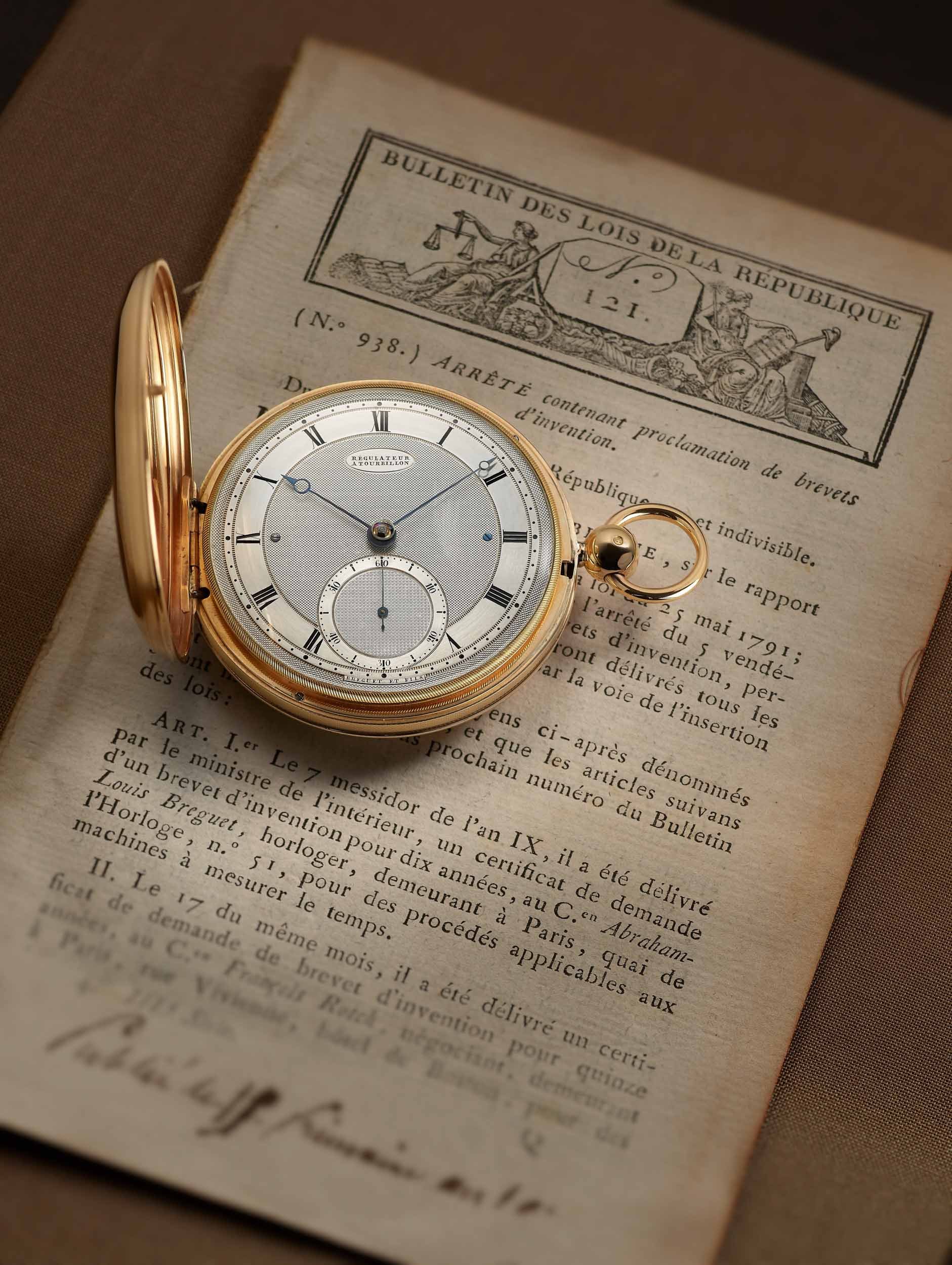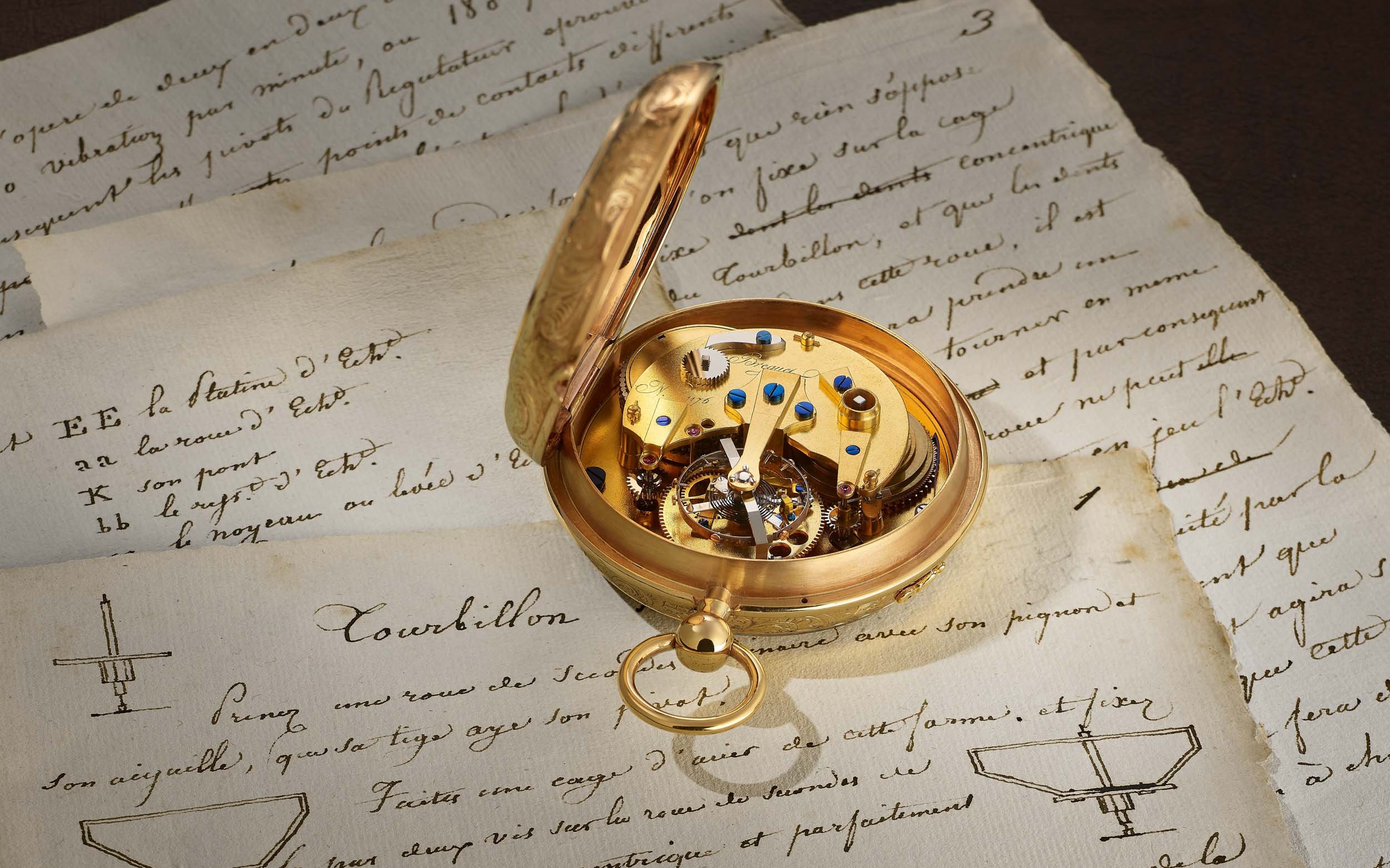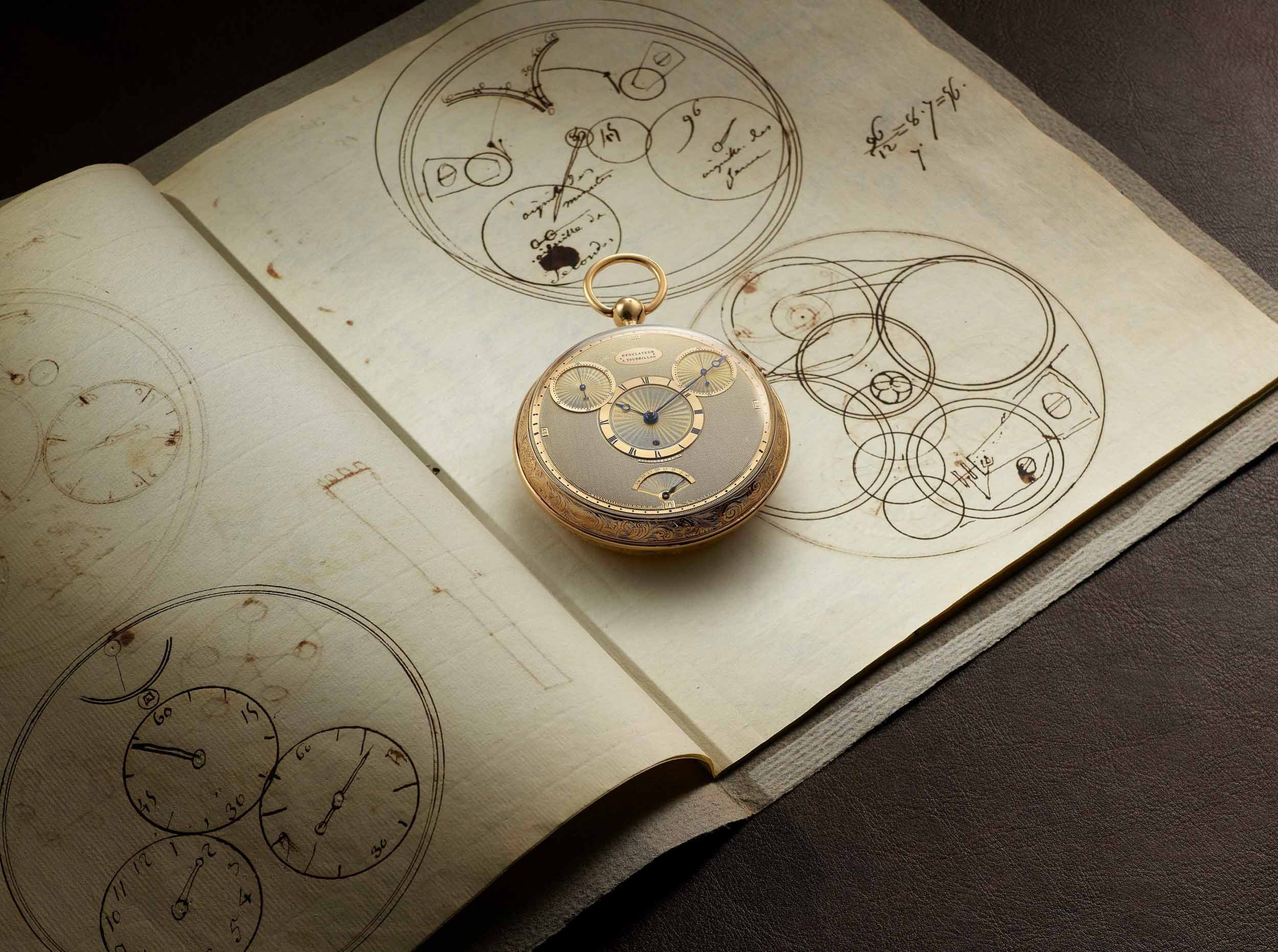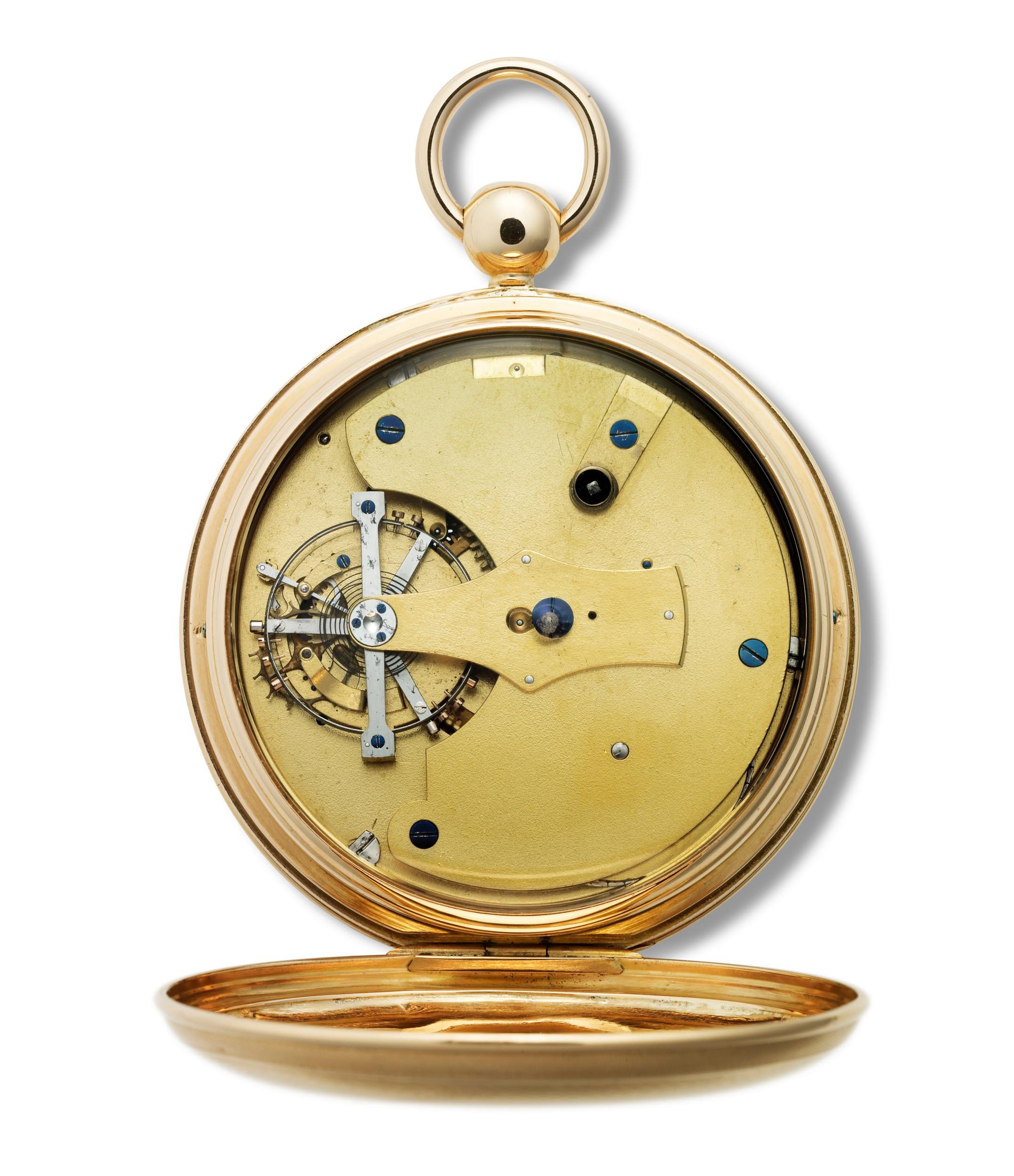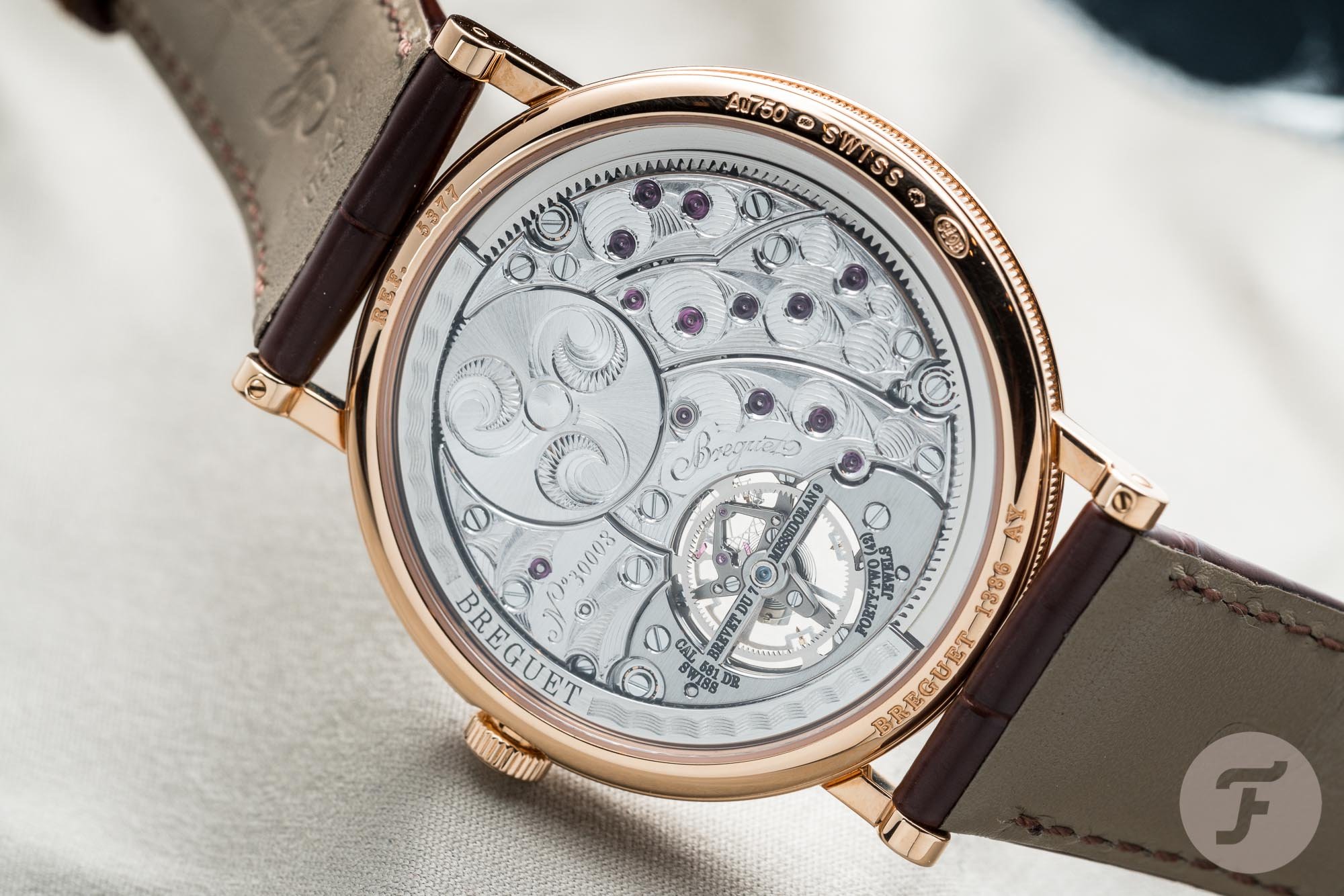Breguet, The Inventor Of The Tourbillon
2021 marks the 220th anniversary of the tourbillon. On June 26th, 1801, Abraham-Louis Breguet obtained the patent for his invention called “tourbillon”. The tourbillon itself is a little bit older, as it took Breguet about six years to develop it. But who was Abraham-Louis Breguet exactly, and why is the tourbillon such an interesting mechanism?
Abraham-Louis Breguet was born in 1747 in Neuchâtel, Switzerland. As an apprentice of a watchmaker, he traveled to France on his 15th birthday to continue his apprenticeship there. He wasn’t only a watchmaker; he also had a strong background in mathematics and physics. In today’s world, we would probably call Abraham-Louis Breguet an engineer. His background probably also helped him develop the concept of the tourbillon many years later. Between 1793 and 1795, Breguet moved back to Switzerland as a result of the French Revolution. During this period in Switzerland, he spent his time wisely with other watchmakers. Upon returning to Paris in 1795, the — already famous name of Breguet — would become even more renowned.
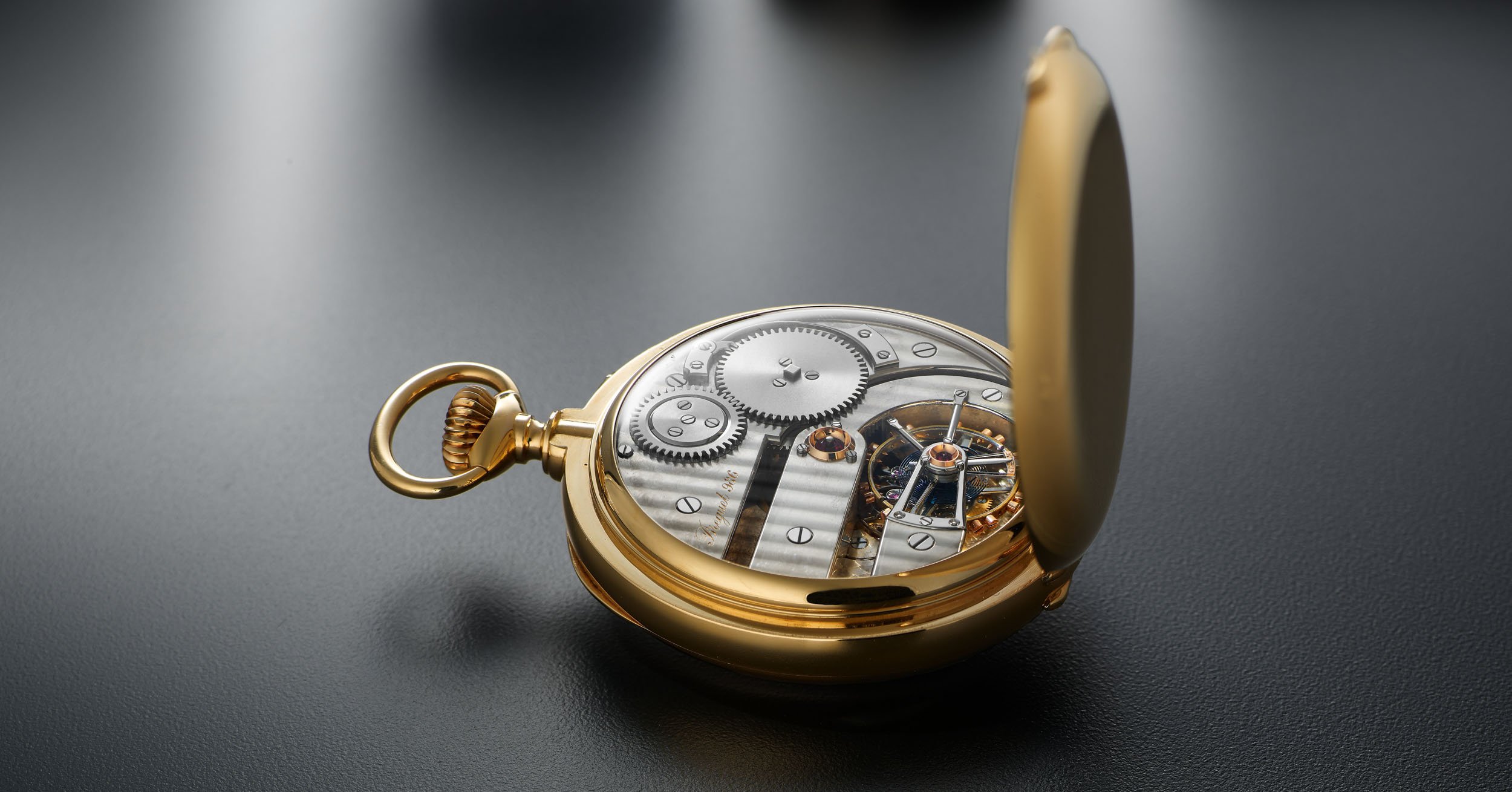
Reference B986, Tourbillon Regulator, winner of the first class bulletin and first prize of the Observatory of Neuchâtel.
Breguet’s Tourbillon
During his short stay in Switzerland, the idea of a mechanism that fights against the effects of gravity on the precision of a watch came to life. As you know, in those days, wristwatches did not exist. The only kind of watch available to a gentleman resided in his pocket.
Pocket watches are mainly carried in a vertical position, crown up. The effects of gravity on a watch’s hairspring and balance can influence the accuracy of a watch, especially in a static edge position. Breguet compensated for these physical effects with his solution to create a rotating cage (which would rotate about its own axis, usually once per minute) and have the balance, balance spring, and escapement held within it. As those are the most-affected components, his hope was that by keeping them in constant motion, the effects of gravity would be minimized.
Maintaining accuracy
This way, this mechanism is in constant motion and averages out the positional errors caused by gravity. Breguet called it the Tourbillon, a word that — in those times — referred to a planetary system and its rotation on a single axis, and according to another dictionary of that time, the energy that causes the rotation of the planets around the sun. The modern meaning of “tourbillon” is slightly different, with its “violent rotation” or “uncontrollable storm”. The word “tourbillon” is often misinterpreted as the original and astronomical meaning has been long forgotten. Breguet praised the Tourbillon as a mechanism, which allowed timepieces to “maintain their accuracy, irrespective of whether the position of the watch is upright or tilted.”
First Breguet Tourbillon watches
The actual production of Breguet’s Tourbillon watches was not easy, it took about six years. It seems Breguet had underestimated the difficulties of developing and producing the tourbillon. In total, it took Abraham-Louis Breguet more than a decade from conception to a reliable tourbillon watch. Between 1796 and 1829, he and his staff (Breguet died in 1823) produced 40 working tourbillon watches. Luckily, a lot of documentation has been kept in the archives at Breguet. This made it possible to come up with a list of all these pieces and what these exactly were.
There are 35 tourbillon watches of which half of them have a cage that doesn’t rotate once every minute, but once every four or six minutes. Interesting, as the patent clearly mentions the cage rotating once every minute. Then, there are five watches that are a mix of clocks, a clock and watch set and a large-scale model for demonstration purposes, a chronometer, and a travel clock. Only recently it has come to light that around 25% of these first 40 Breguet tourbillon watches were sold to ship owners, sailers, etc. for naval purposes. Breguet’s clientele also consisted of scientists, explorers, monarchs (George III and George IV of England, for example), Russian aristocrats (Princes Yermoloff, Gagarin, Repnin, etc.), counts, barons, etc. Not the least!
Where are they now?
Luckily, about 30 of the 40 original Breguet Tourbillon watches survived. That’s not a bad score at all. Some of those tourbillons ended up with rather famous watchmakers and industry leaders, such as George Daniels and Nicolas G. Hayek. Twelve pieces are preserved in museums, of which three are in Breguet’s own museum. You can also admire five of them in the British Museum. The remaining watches are in the hands of collectors around the world. In recent years, two even sold at auction.
Tourbillons today
And now, 220 years later, the tourbillon is still a complex mechanism found in different watches from different brands. Now, however, the tourbillon plies its trade in wristwatches. Tourbillons are often deployed as a way to display the watchmaker’s skills and craftsmanship.
Breguet will celebrate the 220th anniversary of the Tourbillon in 2021 and will keep designing and developing watches with this beautiful mechanism. We will keep you posted on more news from the brand as this anniversary year rolls along. You can find more information on Breguet’s tourbillon on the brand’s official website.
This is a preferred position post. Please read our transparency policy here.


